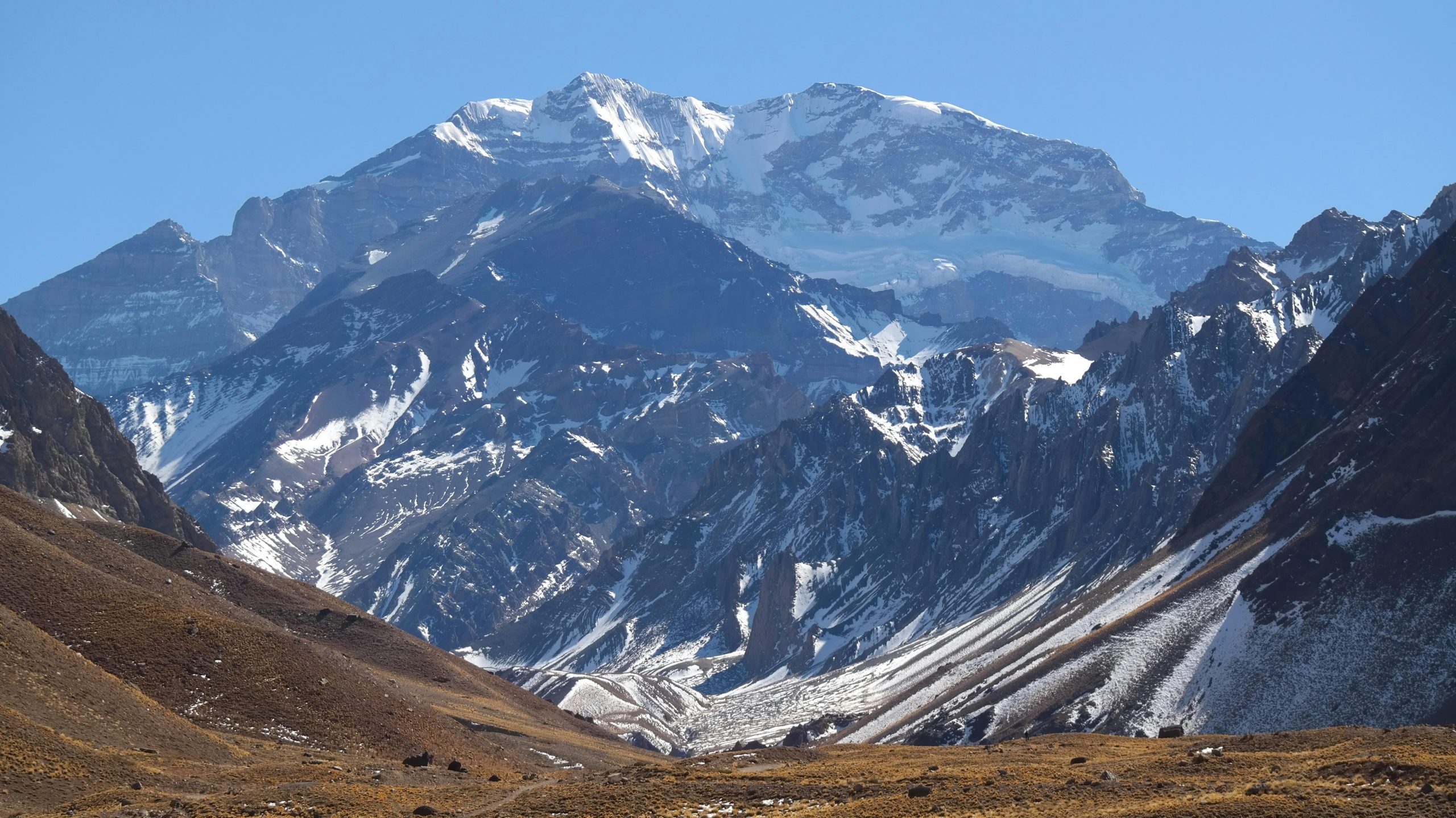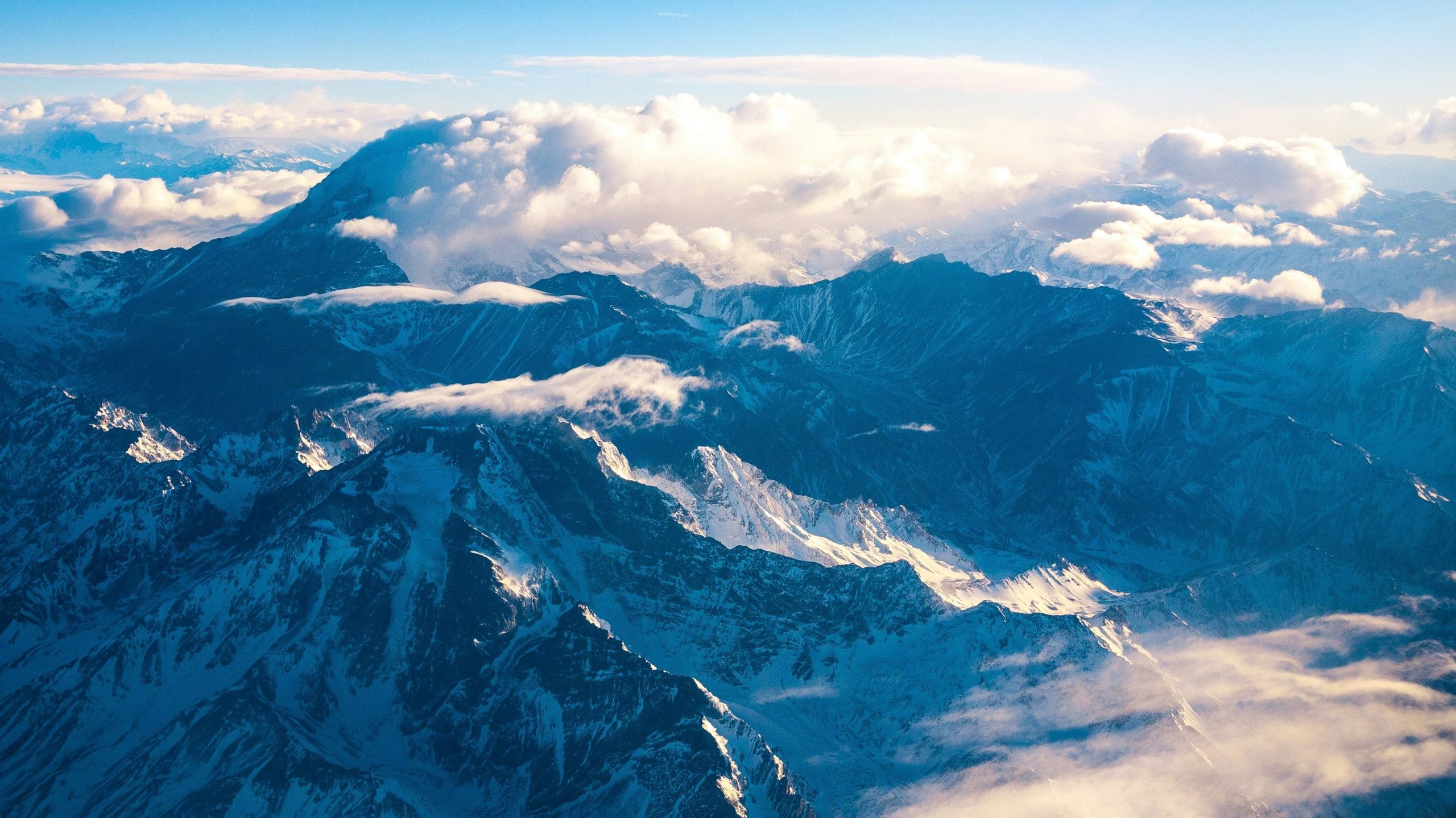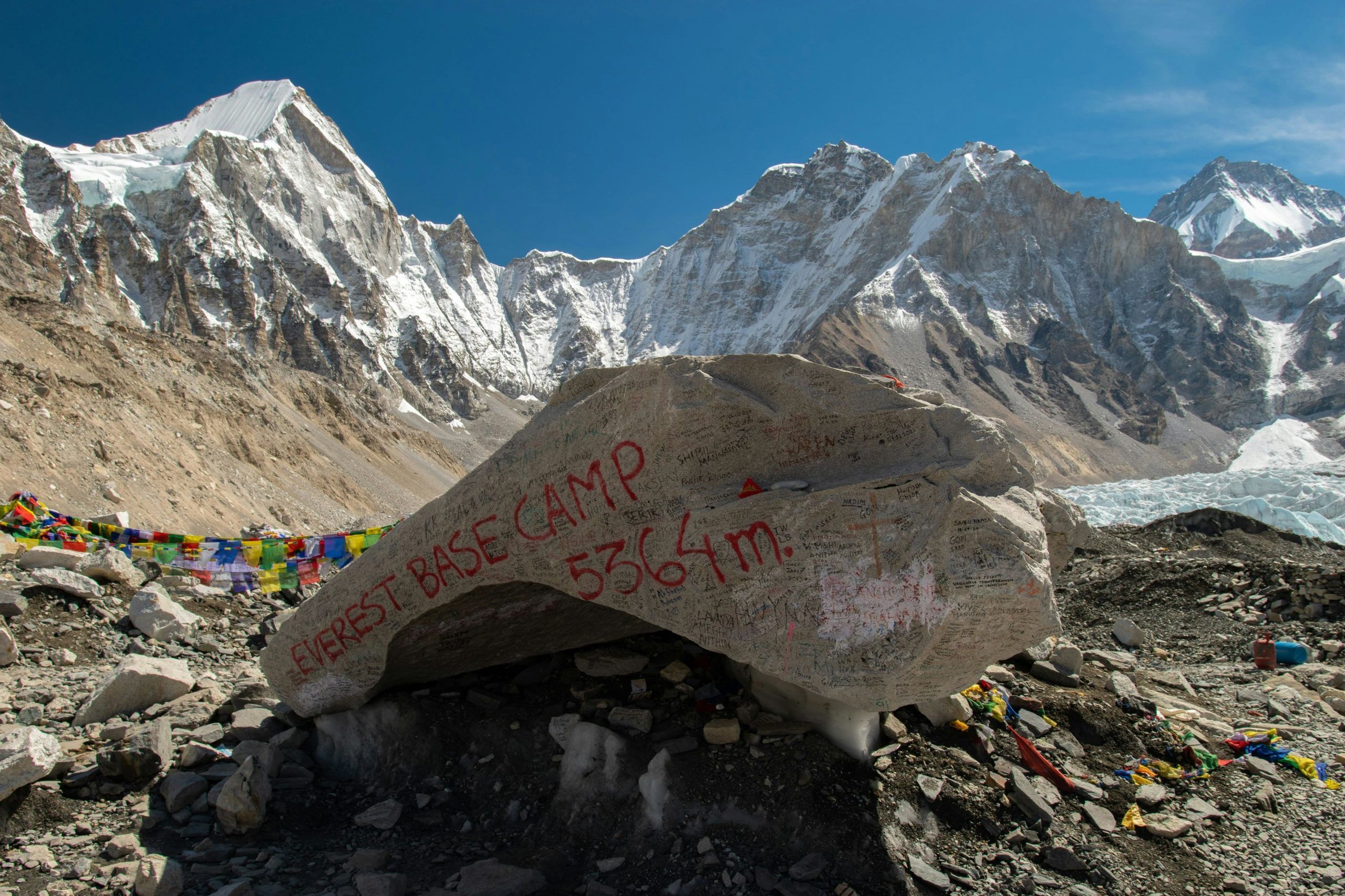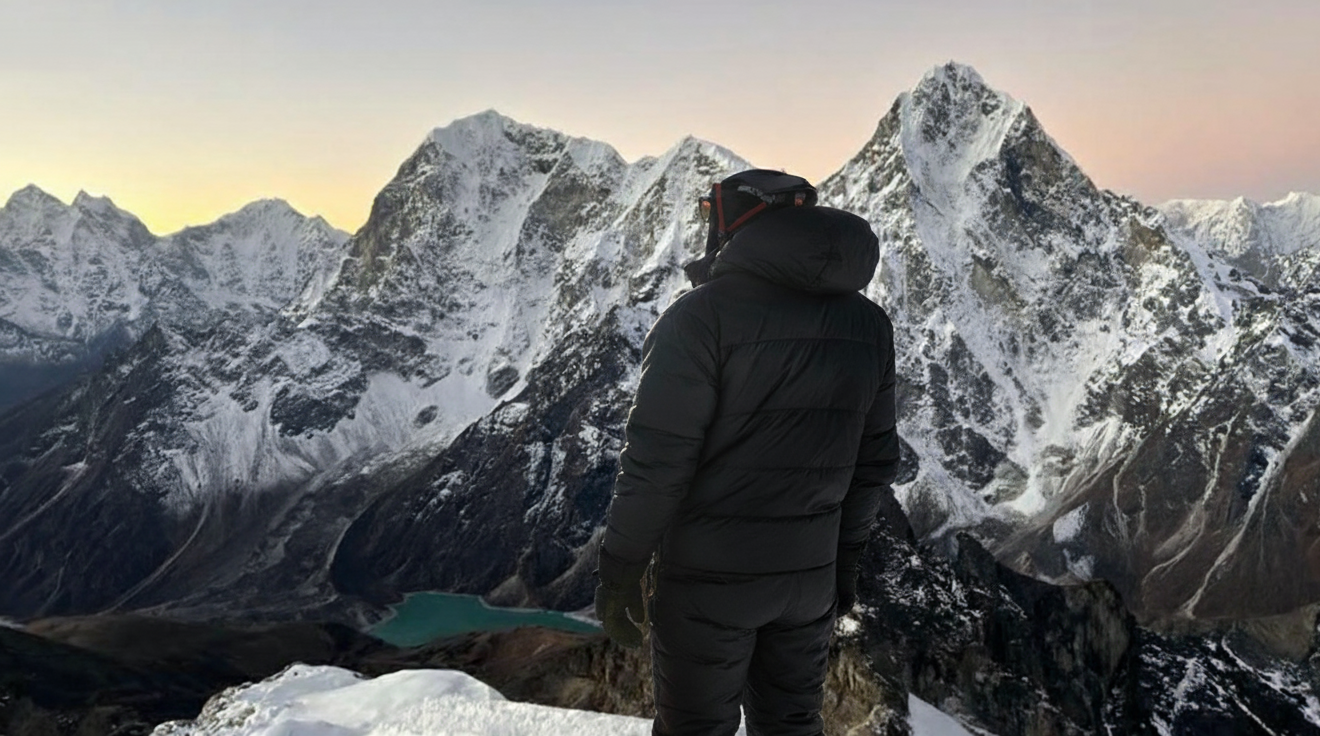Aconcagua: the Stone Sentinel

Rising to a staggering 6,961m (22,838 ft), Aconcagua commands attention as the world’s highest mountain outside of the Himalayas and the apex of the famed Seven Summits. Located in the Principal Cordillera in Mendoza Province of Argentina, this giant of the Andes spans across the western edge of South America, drawing climbers from every corner of the globe.

The Mountain of Misconception
Aconcagua carries the grim nickname, The Mountain of Death, and is believed to have the highest death rate of any mountain in South America – averaging around three fatalities each year.
Despite this treacherous name and its immense elevation, Aconcagua is often referred to as a non-technical trekking peak. The perception that it is easy is its greatest danger. Its Normal Route doesn’t require the use of fixed ropes, technical ice axes, or advanced mountaineering skills. This reputation has led experts to consider it a popular starter mountain for those hoping to conquer the Seven Summits.
The True Challenge: Altitude and Exposure
While the climbing may be non-technical, the sheer altitude and brutal conditions elevate Aconcagua into a serious challenge:
- Extreme Altitude: At nearly 7,000 meters, climbers enter the “death zone” where the body struggles to acclimatize. Failure to respect the climb’s height is the primary reason for failure and tragedy.
- Vicious Winds: The mountain is highly exposed to violent, high-altitude winds known as the Viento Blanco (White Wind). These storms can drop temperatures dramatically and create whiteout conditions that force immediate retreats.
- The Power of Weather: Climbers must carry heavy loads, dealing with sustained exposure to extreme cold and harsh weather for weeks, testing their mental and physical endurance far beyond a standard hike.

A Himalayan Analogy: Training for the Giants
Aconcagua’s profile is somewhat comparable to Nepal’s Mera Peak for fit trekkers seeking a high-altitude experience without the prerequisite of technical climbing experience. Both mountains share the need for excellent physical condition and, crucially, a meticulous approach to acclimatization and safety.
A bucket-list climb for any serious adventurer, Aconcagua stands as a powerful reminder: on the world’s great mountains, non-technical does not mean non-lethal. Respect for the altitude, proper preparation, and expert guidance are non-negotiable for success on any of the world’s highest peaks.


